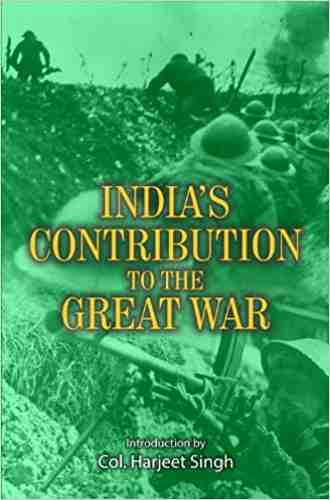Description
The Indian Army contributed a number of divisions and independent brigades to the European, Mediterranean and the Middle East theatres of war in World War I. One million Indian troops would serve overseas, of who 74,187 died during the war. In World War I the Indian Army fought against the German Empire in German East Africa and on the Western Front. At the First Battle of Ypres, Khudadad Khan became the first Indian to be awarded a Victoria Cross. Indian divisions were also sent to Egypt, Gallipoli and nearly 700,000 served in Mesopotamia against the Ottoman Empire. While some divisions were sent overseas others had to remain in India guarding the North West Frontier and on internal security and training duties. In 1914, the Indian Army was the largest volunteer army in the world with a total strength of 240,000 men and by November 1918 it contained 548,311 men, being considered the Imperial Strategic Reserve. It was regularly called upon to deal with incursions and raids on the North West Frontier and to provide garrison forces for the British Empire in Egypt, Singapore and China. This field force was divided into two armies: The Northern Army which stretched from the North-West Frontier to Bengal with five divisions and three brigades under command and the Southern Army which stretched from Baluchistan to southern India and it in turn had four divisions under command and two formations outside the subcontinent. The two armies contained 39 cavalry regiments, 138 infantry battalions (including 20 Gurkha), a joint cavalry-infantry unit the Corps of Guides, three sapper regiments and 12 mountain artillery batteries. The normal annual recruitment for the Indian army was 15,000 men, during the course of the war over 800,000 men volunteered for the army and more than 400,000 volunteered for non-combatant roles. In total almost 1.3 million men had volunteered for service by 1918. The Indian Army formed and dispatched seven expeditionary forces overseas during World War I. Indian Expeditionary Force A – Western Front Indian Expeditionary Force B – German East Africa Indian Expeditionary Force C – British East Africa Indian Expeditionary Force D – Mesopotamia Indian Expeditionary Force E – Sinai and Palestine Indian Expeditionary Force F – Egypt Indian Expeditionary Force G – Gallipoli Campaign Other operations that the Indian Army participated in, during the Great War were the Siege of Tsingtao (a German controlled port in China) and the 1915 Singapore Mutiny. The India Gate in New Delhi, built in 1931, commemorates the Indian soldiers who lost their lives fighting in World War I. This book details India’s contribution to the Great War in terms of manpower, money and material. It is a source of information for all readers interested in the history of the Indian Army.

Reviews
There are no reviews yet.